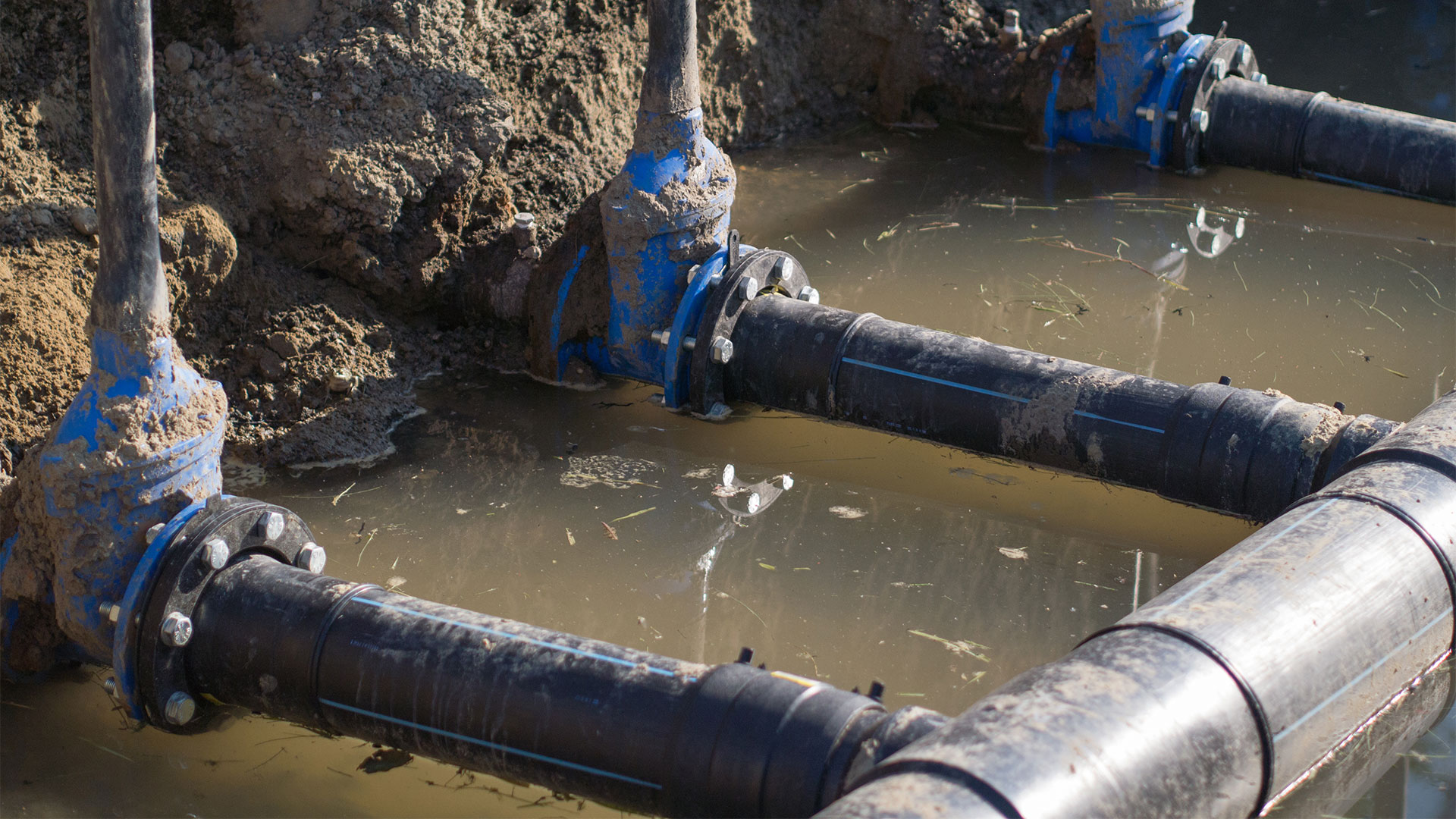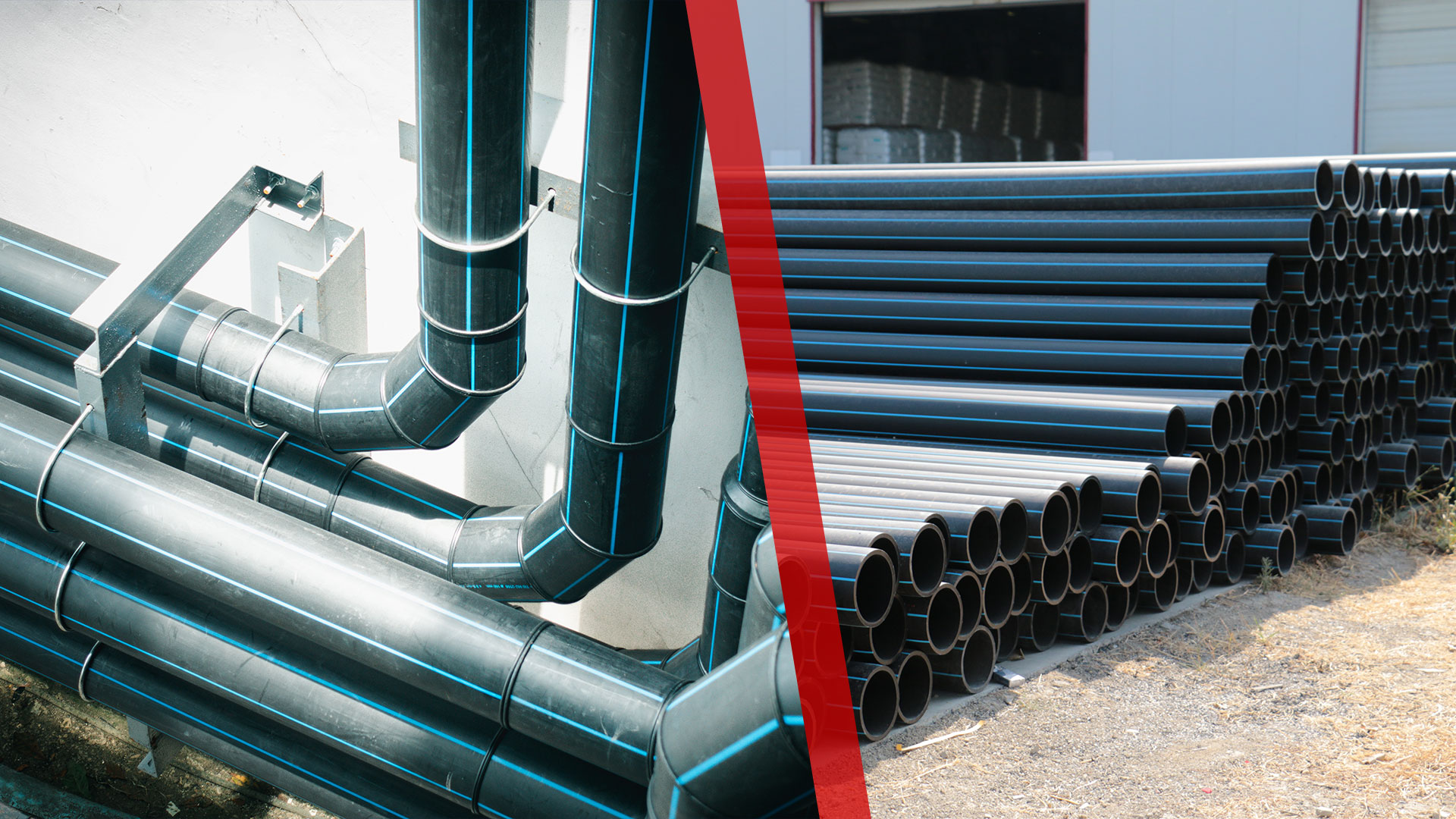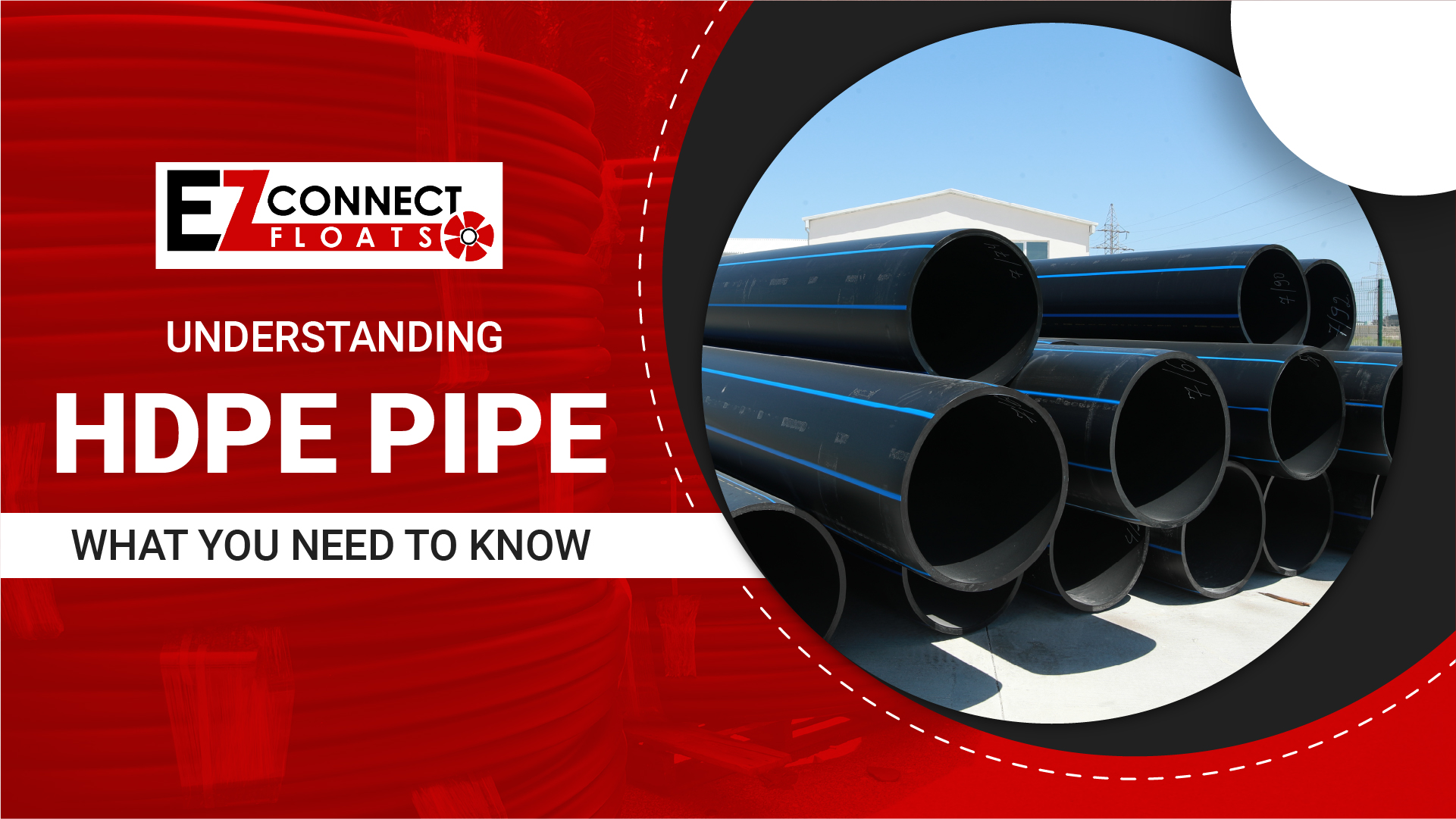
Understanding HDPE Pipe and its benefits and applications
High-density polyethylene (HDPE) pipes have transformed infrastructure projects across industries due to their durability, flexibility, and eco-friendliness. Known for their versatility, They are widely used for transporting water, chemicals, and gasses in construction, agriculture, and industrial applications. These pipes provide excellent resistance to corrosion, pressure, and environmental stress, making them ideal for both underground and above-ground installations.
In addition to being lightweight and easy to install, They are available in a range of sizes and specifications to suit various needs. HDPE pipe specs typically include different diameters and wall thicknesses designed to handle varying pressure levels, allowing users to select the right option based on the requirements of each project. In this article, we’ll cover the many benefits, common applications, and essential tips for installing them, helping you make the best choice for your next infrastructure project.
What is an HDPE Pipe?
HDPE, or High-Density Polyethylene, is a thermoplastic polymer made from petroleum. Its unique molecular structure results in a material that is lightweight yet extremely strong, offering remarkable flexibility and resistance to damage. HDPE pipe is designed to withstand tough environmental conditions, including extreme temperatures, high pressure, and chemical exposure, making them a go-to option in diverse settings.
Unlike traditional materials like steel or concrete, HDPE pipe is non-corrosive, reducing the need for regular maintenance. Additionally, their seamless construction minimizes the risk of leaks, ensuring efficient transport of liquids and gasses.
Key Benefits of HDPE Pipe
- Longevity and Corrosion Resistance:
HDPE pipe is highly resistant to rust, scaling, and chemical degradation. This makes them an excellent choice for water systems and industrial applications where prolonged exposure to harsh substances is expected. Their lifespan often exceeds 50 years, translating into significant cost savings over time. - Flexibility and Strength:
The flexibility of the HDPE pipe allows it to absorb shocks and vibrations without cracking or breaking. This property is especially beneficial in areas prone to seismic activity or uneven terrain. Their high tensile strength ensures they can handle heavy loads and high pressures. - Lightweight and Easy to Transport:
Compared to metal pipes, HDPE pipe is much lighter, reducing transportation and installation costs. Their lightweight nature also makes them easier to handle on-site, speeding up the construction process. - Cost-Effectiveness:
While the initial cost of them may be higher than some alternatives, their low maintenance requirements and long lifespan make them a cost-effective choice in the long run. - Eco-Friendly:
HDPE pipe is recyclable, making them an environmentally friendly option. Additionally, their energy-efficient manufacturing process reduces the overall carbon footprint.
Common Applications of HDPE Pipe
HDPE pipe is used in a wide range of industries due to its durability and versatility. Here are some of their most common applications:
- Construction Industry:
In construction, they are widely used for drainage, irrigation, and stormwater management systems. Their ability to withstand heavy loads and environmental stresses makes them ideal for these purposes. - Water and Sewer Systems:
HDPE pipe is extensively used in potable water distribution and wastewater transport systems. Their corrosion resistance ensures the purity of water, while their leak-proof joints prevent contamination. - Industrial Applications:
From transporting chemicals to distributing compressed air and natural gas, HDPE pipes are highly reliable in industrial environments. They can handle a variety of substances without compromising their integrity. - Agricultural Uses:
Farmers often use HDPE pipes for irrigation systems due to their flexibility, durability, and ability to handle high water pressures.
HDPE Pipe Sizes and Specifications
When choosing an HDPE pipe for a project, understanding the available sizes and specifications is crucial.
- HDPE Pipe Sizes:
HDPE pipe comes in a variety of sizes, ranging from small diameters for residential plumbing to large diameters for industrial applications. Commonly used sizes include 20mm to 2000mm in outer diameter, with varying wall thicknesses to suit different pressure requirements. - Pressure Ratings:
The pressure rating of an HDPE pipe is determined by its wall thickness and diameter. Pipes with higher pressure ratings are suitable for applications involving high water or gas pressure. - Standards and Certifications:
HDPE pipes are manufactured to comply with international standards such as ISO, ASTM, and EN. Ensuring that the pipes meet these standards guarantees their performance and reliability.
Tips for Proper Installation
Proper installation is critical to maximizing the lifespan and performance of HDPE pipe. Here are some best practices to follow:
- Site Preparation:
Ensure the trench is properly excavated and free of sharp objects that could damage the pipe. The trench depth should be sufficient to provide adequate cover and protection. - Fusion Techniques:
HDPE pipes are joined using fusion methods such as butt fusion or electrofusion. These techniques create strong, leak-proof joints that can handle high pressure. Ensure that the equipment used is clean and calibrated for optimal results. - Soil Considerations:
Backfill the trench with fine, granular material to support the pipe and minimize movement. Avoid using large rocks or debris that could puncture the pipe. - Alignment and Support:
Ensure the pipes are correctly aligned to prevent undue stress on the joints. Use proper supports, especially for above-ground installations.
Maintenance and Troubleshooting
HDPE pipe requires minimal maintenance, but periodic inspections can help identify potential issues before they escalate. Look for signs of damage, such as cracks or deformation, and address them promptly.
For troubleshooting common issues:
- Leaks: Check the joints for proper fusion. Re-fuse or replace if necessary.
- Blockages: Use specialized tools to clear obstructions without damaging the pipe.
- Deformation: Address underlying causes such as soil movement or external pressure.
Conclusion
HDPE pipe offers unparalleled benefits in terms of durability, flexibility, and cost-effectiveness. From water distribution systems to industrial applications, their versatility makes them a popular choice for engineers and contractors. By understanding the available sizes, specifications, and installation techniques, you can ensure the success of your projects while minimizing costs and maintenance efforts.
If you’re considering HDPE pipe for your next project, consult with a trusted supplier to find the best options for your needs. Their long lifespan and eco-friendly properties make them an investment worth considering.
Have Questions?
Get in touch with us now!
Related Blogs
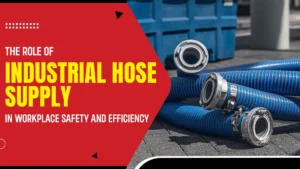
The Role of Industrial Hose Supply in Workplace Safety and Efficiency
In high-stakes industries such as oil and gas, mining, manufacturing, dredging, and defense, industrial hoses serve as vital connectors in daily operations. Whether transferring hazardous
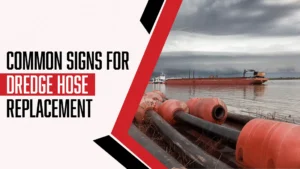
Common Signs For Dredge Hose Replacement
Dredge hose is an essential component in mining, oil and gas, and heavy industries, where it is used to transport materials such as sediment, slurry,

The Role of Automation and AI in Next-Generation Dredging Technology
Dredging technology has undergone a quiet but powerful transformation over the past decade. A purely mechanical process, which included heavy machinery, manual supervision, and reactive

